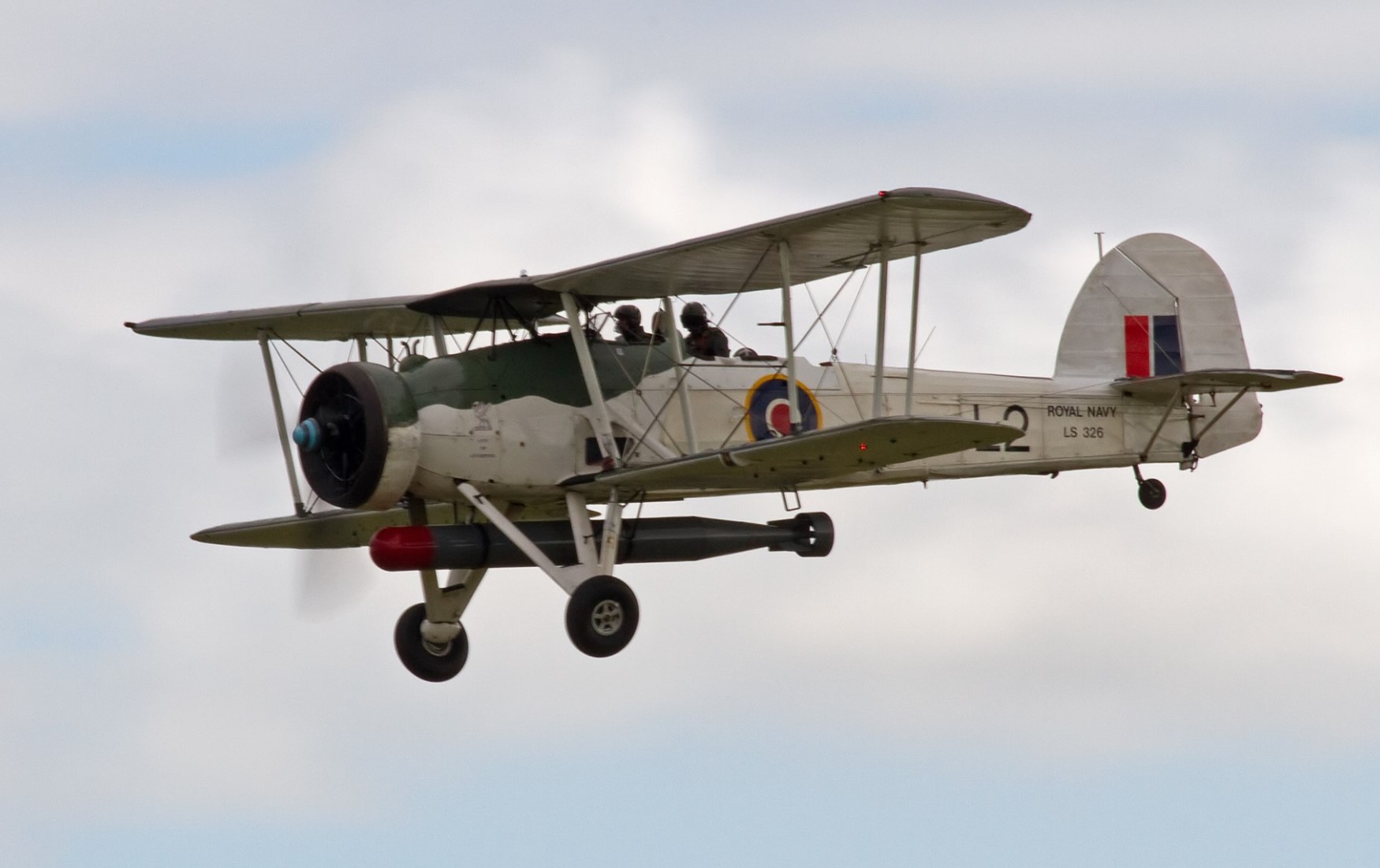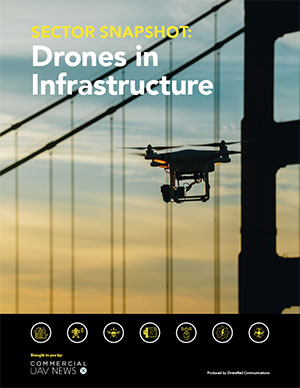For those of you familiar with my writing, I love to go back to history for references on how previous generations have managed similar situations based on similar challenges. In the case of the uncrewed aviation industry, many authors have written magnificent pieces equating the development of drones to the PC Revolution of the 1980’s (See Erik Mintz articles in Commercial UAV News) and a more recent piece titled “A Recommendation to the FAA: How Part 108, the term “Big Wig,” and Mechanical Spring Watches are Connected” by Justin Call does something similar using English nautical anecdotes.
So, why do such an effort to find clues in ancient history to predict the future of such a revolutionary technology? It is very simple, really. Industries are formed by people, and we tend to behave in similar ways despite the era or the challenges. Technology advances by leaps and bounds but human behavior takes centuries, and sometimes more, to change.
During the first years of World War II, the admirals of the European fleets were convinced that the mighty battleship was the answer to win a war over open oceans and therefore dominance over land. The U.S.A. and Japan were in a different path, building powerful aircraft carriers that brought the new great weapon to the battlefield: the airplane.
What happened at Taranto the night of November 11th, 1940, was the beginning of the end of the battleship era. Departing from the aircraft carrier HMS Illustrious under radio silence and without navigation lights to avoid detection, 21 Fairey Swordfish biplane aircraft traveled 170 miles overnight to deploy their torpedoes and bombs on the battleships, cruisers, and destroyers anchored in Taranto harbor. The attacks on this heavily defended harbor were executed swiftly and unexpectedly, significantly impairing the Italian fleet and diminishing the operational capacity of the Italian Navy for the remainder of the War.
It was the perfect example of bellicose disrupting technology opening the door to the new era where the aircraft would be the new dominant weapon. These Swordfish aircraft cost a few thousand dollars to produce and they sank three enormous battleships that cost millions and were irreplaceable by that time during the war.
Taranto and eventually the sneak attack on Pearl Harbor a year later showed the world that the new battle would be fought from the decks of aircraft carriers, not from the huge guns of battleships. In the future, navy fleets will never see each other, the battle will be fought over distances that only an aircraft can cross in a timeline manner.
Today we are witnessing a similar paradigm shift with the introduction in theaters of war of the non-piloted drone. Small in size, with limited payload and flight time, these marvels of ingenuity are creating havoc amongst traditional armies that are ill-prepared to deal with the swiftness and almost stealthiness of their presence.
On June 1st this year, Ukraine launched Operation Spiderweb, a bold and meticulously planned drone assault deep inside Russian territory. 117 drones were smuggled into Russia and concealed in wooden cabins mounted on trucks. These drones were launched remotely from five different regions—Murmansk, Irkutsk, Ivanovo, Ryazan, and Amur—spanning over 4,000 kilometers (approx. 2,500 miles) and five time zones. The drones targeted five major Russian airbases: Belaya, Dyagilevo, Ivanovo Severny, Olenya, and Ukrainka.
The primary objective was to cripple Russia’s long-range aviation capabilities, particularly its Tu-95MS and Tu-22M3 strategic bombers. The Ukrainian Security Service claimed 41 aircraft were hit, with at least 13 destroyed, while U.S. officials confirmed 20 aircraft were hit, 10 of which were destroyed.
The drones used were simple Ukrainian-made quadcopters, each carrying a payload of just over 7 pounds (3.2 kg). Despite their modest specs, the operation inflicted an estimated $7 billion in damage and reportedly disabled over a third of Russia’s strategic cruise missile carriers.
More recently, Israel used drones in its attack inside Iran. According to multiple reports, the Israeli Defense Forces (IDF) launched a coordinated assault targeting Iran’s nuclear infrastructure and military leadership. As part of this operation, Israeli drones struck key facilities, including the South Pars natural gas field in the Persian Gulf—one of the largest in the world.
The drone strikes were part of a broader campaign that also involved over 200 fighter jets targeting nuclear sites, missile depots, and command centers across Iran. The IDF confirmed that these attacks aimed to disrupt Iran’s nuclear program and eliminate senior military figures, including top commanders of the Islamic Revolutionary Guard Corps.
Iran responded with a massive barrage of ballistic missiles and drones, some of which reached Israeli territory despite the Iron Dome and other air defense systems. The exchange marked one of the most intense escalations between the two nations in recent history.
In the case of the middle east conflict, less is known of the design and characteristics of the drones used by either side, but one thing is almost certain, they were small and used to complement other larger weapons to inflict the most damage at different scales in different sites.
All of these actions send a clear signal to all countries in the world: war is changing, and the evolution is as dramatic or more than the introduction of the aircraft in the first half of the 20th century.
The consequences for our industry are twofold. In the short term most if not all companies involved in the development and manufacturing of drones are being contacted by defense and military contractors to explore ways to collaborate and potentially transform small crewless aircraft that were originally designed with commercial and industrial missions in mind, into machines that can be used in armed conflicts.
There are two sides to this initial reaction by the military industrial complex. The good angle is that these companies will receive a much-needed influx of cash that does not come from investors or selling of shares, but from actual customers creating real revenue. This will have an immediate positive impact on an industry that has seen a dramatic reduction in investment cash in recent months.
The not-so-good angle is that the development of these platforms for civilian use will take a back seat to the most profitable business of weapon manufacturing in the short term.
The good news is that in the long term, all the lessons accumulated on an expedited calendar in theaters of war, will eventually benefit the uncrewed aviation industry at large for civilian purposes in terms of flying time, payload capacity, production costs and many other, perhaps more intangible and somewhat unpredictable.
Once again in the history of humanity, we are at the cusp of a dramatic shift in the way we do things and as usual, these changes are being driven by armed conflicts between nations. Let us hope that the lessons learned by these international wars will eventually create a wave of technological innovation that will help all of us and, in some way, compensate for the horrible loss of life and valuable property around the world.















Comments